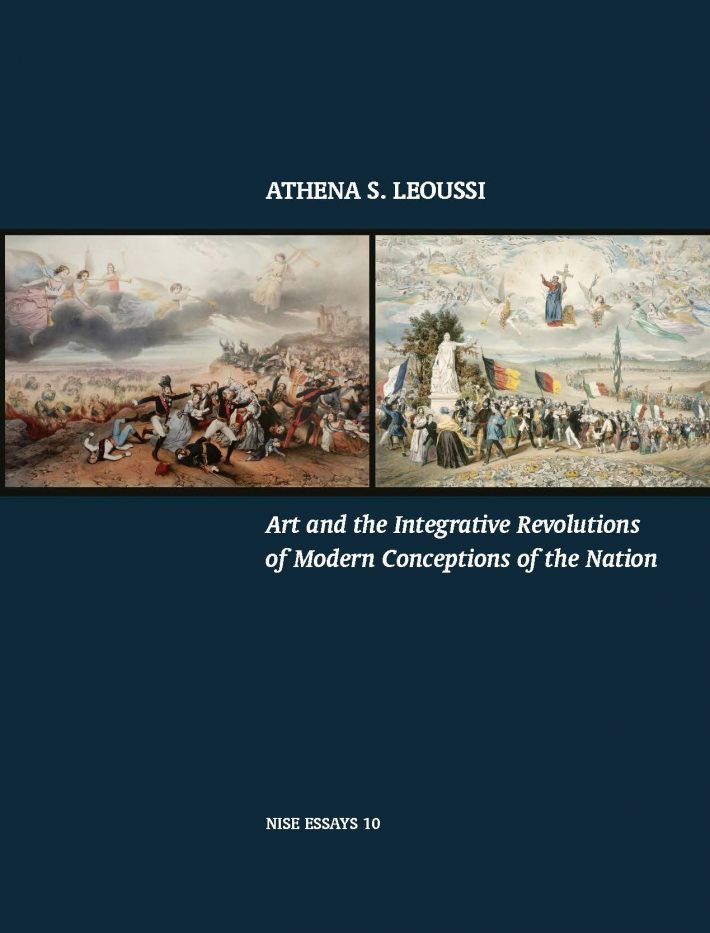dit werk kent de volgende uitvoeringen
verschijningsdatum07/03/2025

This essay showed how the Enlightenment and Romanticism inspired distinct visions of the nation: one modelled on the democratic city of Athens, and the other on the village community. Both visions combined elements of tradition and innovation. The two visions, although antagonistic, would become intertwined in modern national communities that sought both individual liberty and the guidance of ethno-cultural tradition. Artists engaged with all these different visions of the nation, generating a host of artistic innovations, both iconographic and stylistic. They made what we might call, 'national art', a part of modern art. The idea of the nation would penetrate the academic hierarchy of subject matter, reversing it and re-orienting History, Portraiture, Genre, Landscape and Still-Life towards national motifs. Artists contributed to the integrative revolutions of the Enlightenment and Romanticism that incorporated the people into the body of the nation as citizens and bearers of a new High culture. They transformed the people and their ways of life into High Art, turning them into History subjects. The people entered High Art in a variety of ways: scenes of the daily life and labour of the people would increase in importance as a subject worthy of representation, and treated on a large scale, thereby becoming the new History subjects. Artists would also apotheosise or heroise working men and women by showing, in paintings as well as public sculpture, the Classical beauty of physical labour, both agricultural and modern industrial. In this way, artists would recognise that these modern citizens were also the heroes of the modern national economy that depended on work more than war. Finally, the idea of the nation would attract the cosmopolitan artistic vanguard who would treat national themes in modern styles (Impressionist, Cubist, Surrealist etc), and draw on folk art in search of formal innovation.